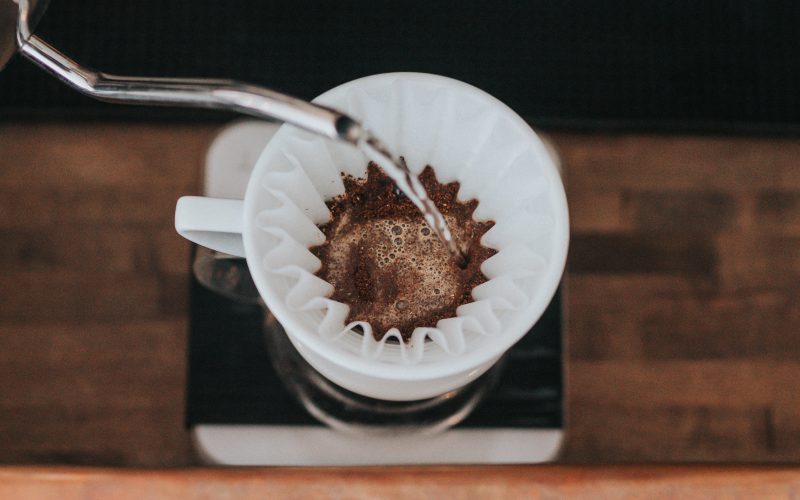Home brewing has been gaining popularity in recent years, and for good reason. There’s nothing quite like enjoying a cold, crisp beer that you brewed yourself. However, for beginners, the process of brewing beer at home can seem daunting. That’s where a complete guide to home brewing comes in. This article will cover some tips and tricks for beginners to help them get started on their home brewing journey.
The first step in home brewing is choosing a recipe. There are many different types of beer, each with their unique ingredients and brewing processes. It’s important to choose a recipe that matches your tastes and brewing experience level. If you’re a beginner, it’s best to start with a simple recipe and work your way up to more complex brews.
Once you’ve chosen your recipe, it’s time to gather your ingredients. Home brewing requires specific ingredients like hops, malt, and yeast. It’s important to purchase high-quality ingredients to ensure that your beer turns out well. Many home brewing supply stores offer pre-packaged ingredient kits that make the process of gathering ingredients easier.
The next step is to sanitize your equipment. Sanitizing your equipment is crucial in home brewing, as any bacteria or germs can ruin your beer. You can sanitize your equipment using a commercial sanitizer or a mixture of water and bleach.
After sanitizing your equipment, it’s time to start the brewing process. This involves mixing your ingredients in a large pot and boiling them for a set amount of time. This step is where you’ll add your hops, which gives your beer its unique flavor and aroma.
Once your beer has boiled, it’s time to cool it down and transfer it to a fermentation vessel. This vessel is where the yeast will do its job and convert the sugar in the beer into alcohol. It’s important to monitor the temperature of the fermentation vessel and make sure it stays within the recommended range for your specific recipe.
After a few weeks of fermenting, it’s time to bottle your beer. This involves adding a small amount of sugar to each bottle, which will create carbonation. It’s important to use clean bottles and caps to avoid any contamination.
Once your beer is bottled, it’s time to wait for it to carbonate. This can take anywhere from a few days to a few weeks, depending on the temperature and carbonation level you desire. After carbonation is complete, it’s time to enjoy your homemade brew!
In conclusion, home brewing can be a fun and rewarding hobby for beer enthusiasts. With the right equipment, ingredients, and knowledge, anyone can brew their beer at home. However, it’s important to follow a complete guide to home brewing to ensure that your beer turns out well. Remember to start with simple recipes and work your way up to more complex brews, and always sanitize your equipment to avoid contamination. With these tips and tricks, you’ll be on your way to brewing delicious beer in no time.












